Website Research Unit BBV
Characterization of specialized plant metabolisms by developing biotechnological and metabolic engineering processes aimed at producing metabolites of interest for pharmaceutical, cosmetic or agronomic applications
 Financial Partners of BIOPROPHARM research project
Financial Partners of BIOPROPHARM research project


Our mission
These projects are based on molecular biology, cell biology, biochemistry and genomics and metabolomics approaches.
Visit the websites dedicated to our ANR and Horizon Europe projects
See How We Use Bioproduction to Make anticancer Drugs
A video by L’Esprit Sorcier featuring our research on the bioproduction of plant molecules in yeast (oct 2025)
Présence d'un lecteur vidéo
Our TEAM
Read our last articles
 | FOURMIdable : quand la recherche entre en classe FOURMIdable est un projet de médiation scientifique qui propose à des élèves de CM1-CM2 de découvrir la démarche de recherche à travers l’étude des fourmis, de leurs glandes à venin et des alcaloïdes qu’elles produisent, grâce à une série d’ateliers en classe suivis de l’élevage d’une colonie pendant six mois. |
 | De la médecine traditionnelle au traitement du cancer : le fabuleux destin de la pervenche de Madagascar Un article de synthèse revient sur la pervenche de Madagascar, plante sur laquelle notre équipe travaille depuis de nombreuses années, et retrace son parcours de la médecine traditionnelle à la découverte de molécules anticancéreuses, jusqu’aux nouvelles perspectives offertes par la bioproduction. |
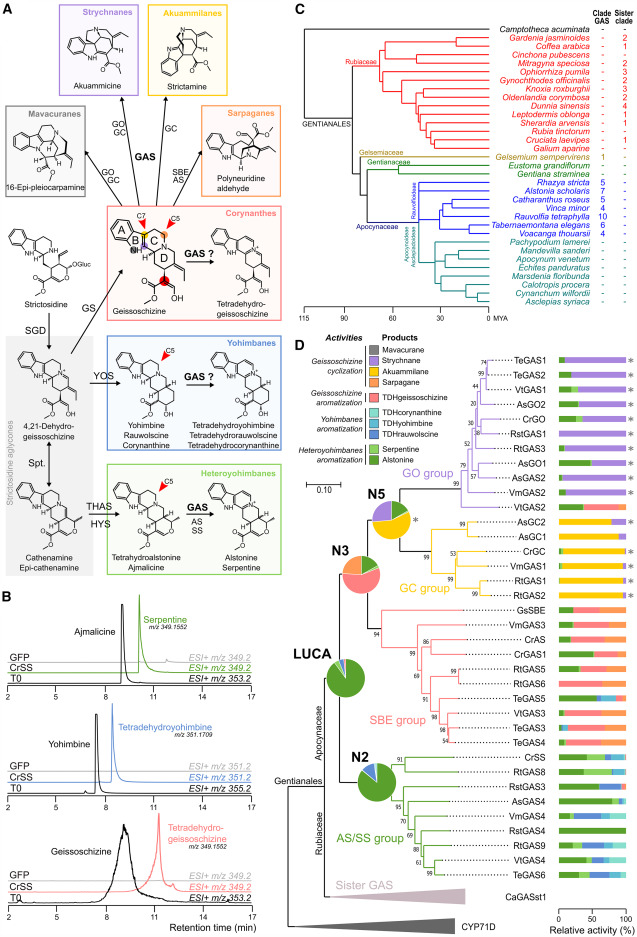 | Evolution of CYP71D drives the diversification of monoterpene indole alkaloid biosynthesis in Gentianales Besseau S, Durand M, Zamar DL, Lezin E, Méteignier LV, Birer Williams C, Dutilleul C, Perrot T, Lanoue A, Oudin A, Papon N, Massiot G, Sun C, St-Pierre B, Courdavault V. Evolution of CYP71D drives the diversification of monoterpene indole alkaloid biosynthesis in Gentianales. Plant Commun. 2025 May 19:101381. doi: 10.1016/j.xplc.2025.101381. |
 | A consortium to synthesize lignans Gautron N, Papon N, Courdavault V. A consortium to synthesize lignans. Nat Chem Biol. 2025 Jun 3. doi: 10.1038/s41589-025-01930-3. |
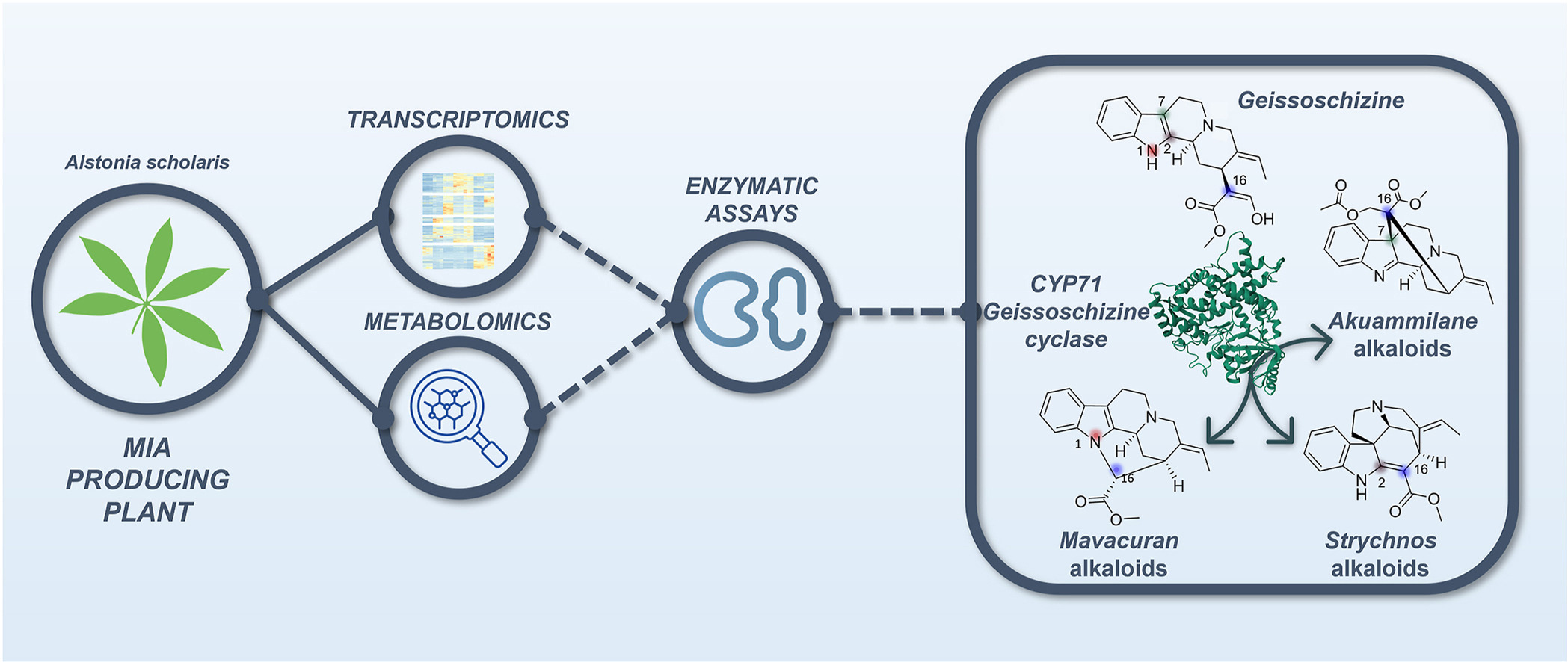 | Geissoschizine Cyclase: A Discovery Revolutionizing the Understanding and Synthesis of Pharmacologically Important Monoterpenoid Indole Alkaloids As part of the MIACYC project, a major breakthrough has been made in understanding the enzymatic mechanisms responsible for the synthesis of monoterpenoid indole alkaloids (MIAs), valuable compounds with various pharmacological applications. Through combined transcriptomic analyses of the epidermis and leaves of Alstonia scholaris, enhanced by the overexpression of the transcriptional regulator MYC2, our teams identified a key enzyme: geissoschizine cyclase. |
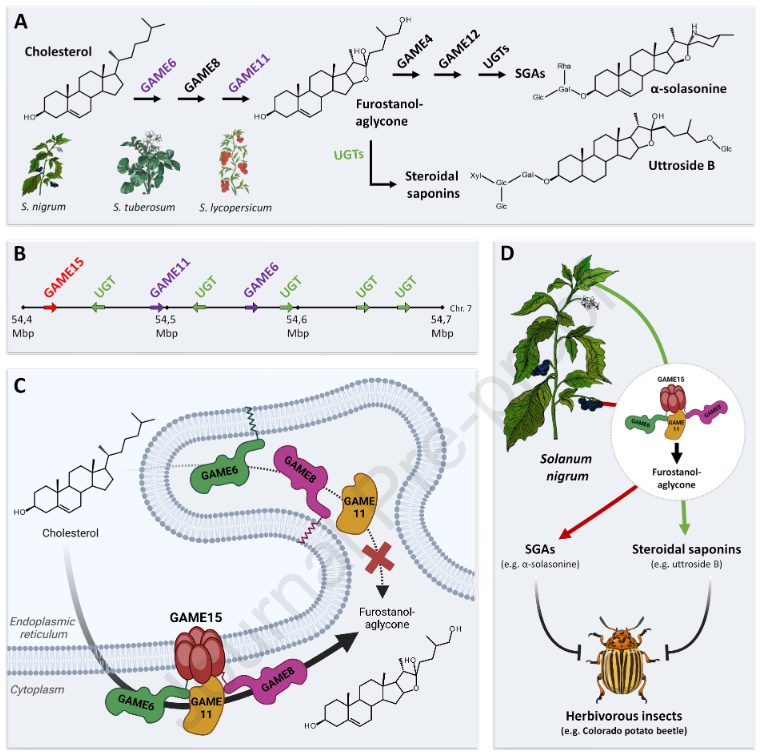 | A GAME changer in steroidal metabolite biosynthesis Lezin E, Papon N, Courdavault V. A t Commun. 2024 Dec 3:101201. doi: 10.1016/j.xplc.2024.101201. |
 | Unlocking specialized metabolism in medicinal plant biotechnology through plant-microbiome interactions In this article we propose expanding the concept of culturomics to encompass the co-culture of synthetic microbial communities with medicinal plant in vitro culture. This approach will take advantage to mimic the complex interactions to finally trigger the secondary metabolite production. |
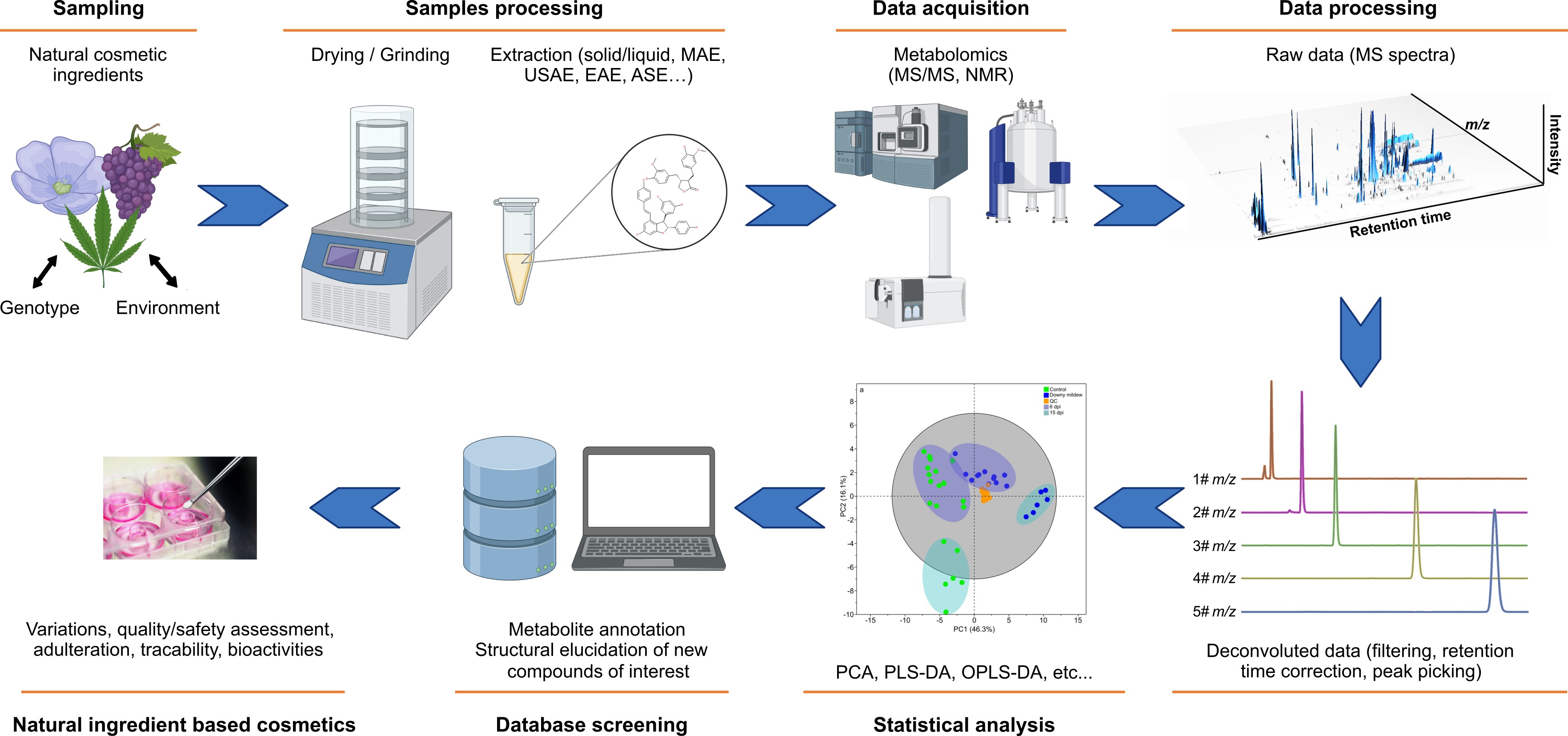 | Metabolomics applications in natural cosmetics: addressing the new challenges of bio-sourced ingredients The increasing demand of natural ingredients in cosmetics raises new challenges for the characterization of highly complex natural extracts. This review presents the current development of metabolomics applied to natural cosmetic ingredients. |
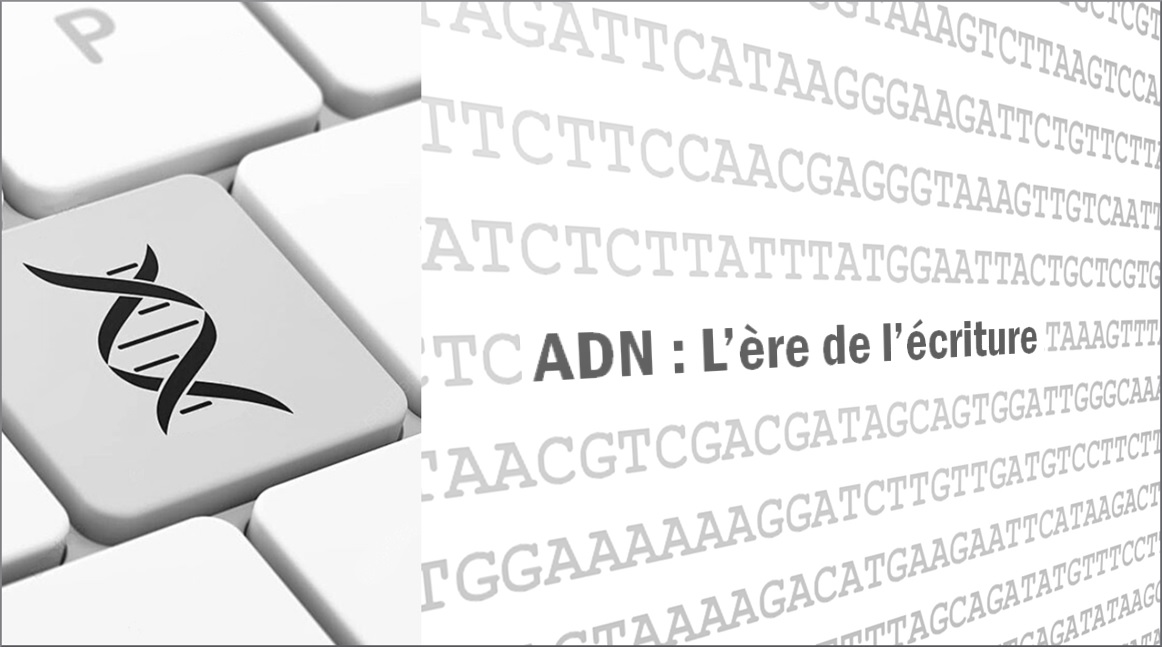 | ADN, l'ère de l'écriture Dans son article intitulé ADN, l'ère de l'écriture, M. Clastre explore le passage de la "lecture" à "l'écriture" de l'ADN dans le domaine des sciences de la vie. Inspiré par les œuvres de Borges, il aborde comment la biologie moderne se tourne désormais vers l’encodage de données dans l'ADN pour préserver le patrimoine de l'humanité. Une réflexion sur l'évolution de la biologie et les nouvelles possibilités offertes par la biologie synthétique. |
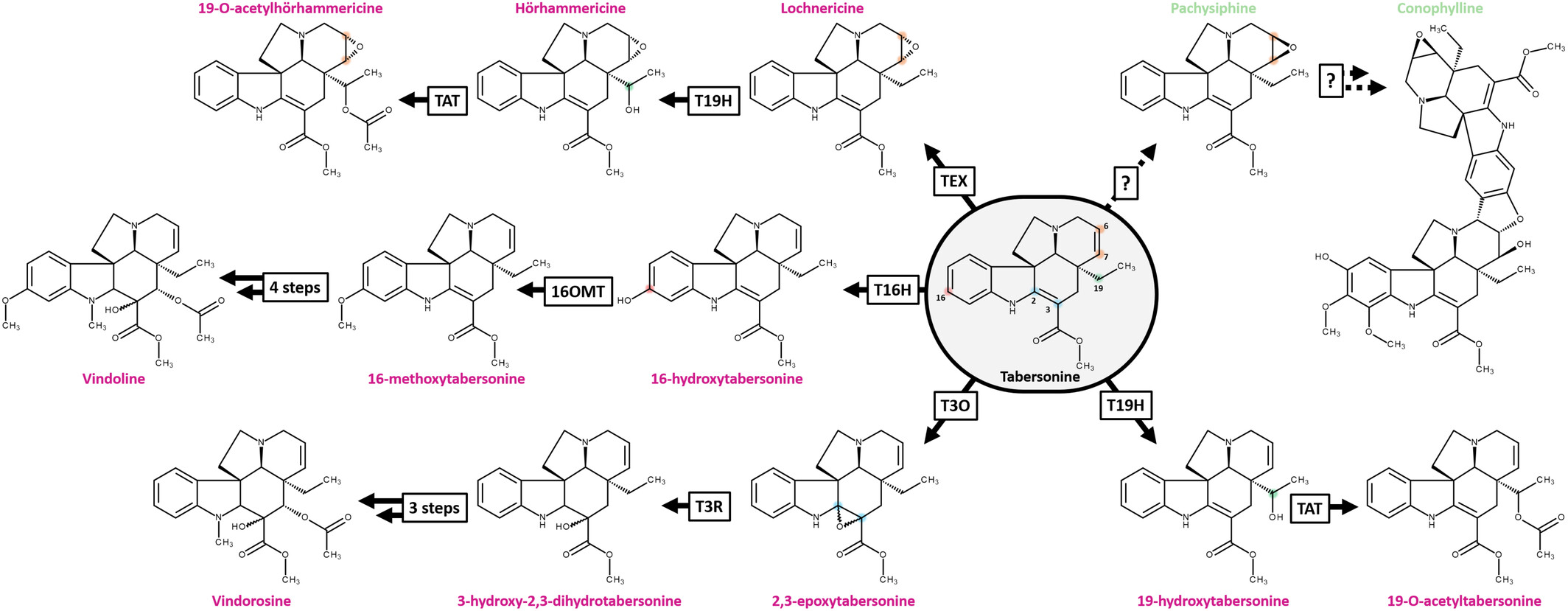 | Genome-based discovery of pachysiphine synthases in Tabernaemontana elegans This article explores how monoterpene indole alkaloids (MIAs), plant compounds with medicinal properties, could be harnessed for drug production. The researchers sequenced the genome of Tabernaemontana elegans to uncover genes linked to the synthesis of pachysiphine, an MIA with anticancer and anti-Alzheimer potential. By identifying key enzymes and engineering MIA production in yeast, this study opens the door to new biotechnological approaches for producing pachysiphine-based pharmaceuticals. |
Read more articles from 2025, 2024, 2022/2023 and 2020/2021








 31, avenue Monge
31, avenue Monge